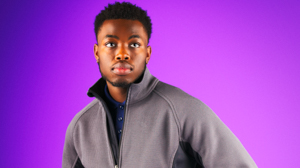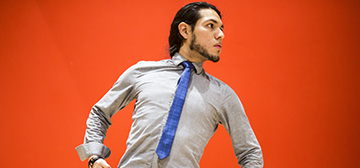- Future Students
- Current Students
- Faculty
- Staff
- Alumni
- Others
How fourth-year Kinesiology research projects promote public health
View an accessible transcript of the above video
Students in the University of Guelph-Humber’s Kinesiology program recently presented a showcase of their capstone research projects in UofGH’s Atrium, where they shared findings on a number of current health issues for other students and partners in the public-health community.
Completed as part of the UofGH course “Human Development and Aging,” the students’ projects were carried out in partnership with Wellington Dufferin Guelph Public Health.
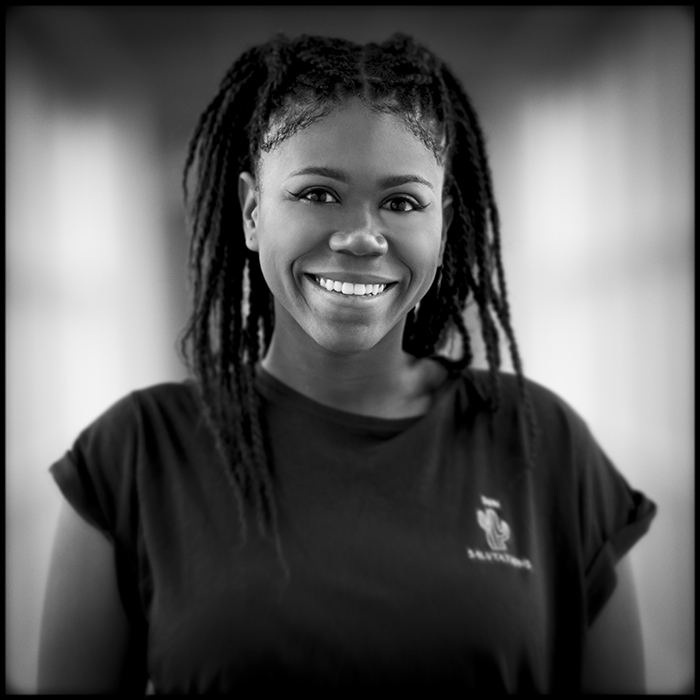
Michka Lee
Pursuing research on a diverse array of issues from a multi-disciplinary perspective was only one part of the challenge for the fourth-year Kinesiology students who participated. They were also tasked with learning how best to convey sometimes complex concepts relating to health, physiology and biology to an audience who did not necessarily possess the same academic and experiential expertise.
“The course learning objectives centre on the key skills of critical thinking and communication,” explained UofGH Kinesiology instructor Dr. Kerry Ritchie. “The goal of this Knowledge Translation project in partnership with Wellington Dufferin Guelph Public Health is to get students to think critically about current issues that impact the real world, but more importantly, how their knowledge of the issue can be communicated to a non-academic audience.”
“By fourth year, our students are very knowledgeable,” Dr. Ritchie continued. “But knowing something in your head and actually conveying that message in a format that will impact on a general population level are very different skills.”
“This project aims to give students exposure to the Knowledge Translation process, while being supported by public health mentors who can share insight into what works and what are common barriers.”
Creative communication
The students who participated spared no imagination in trying to find the best methods to communicate their findings.
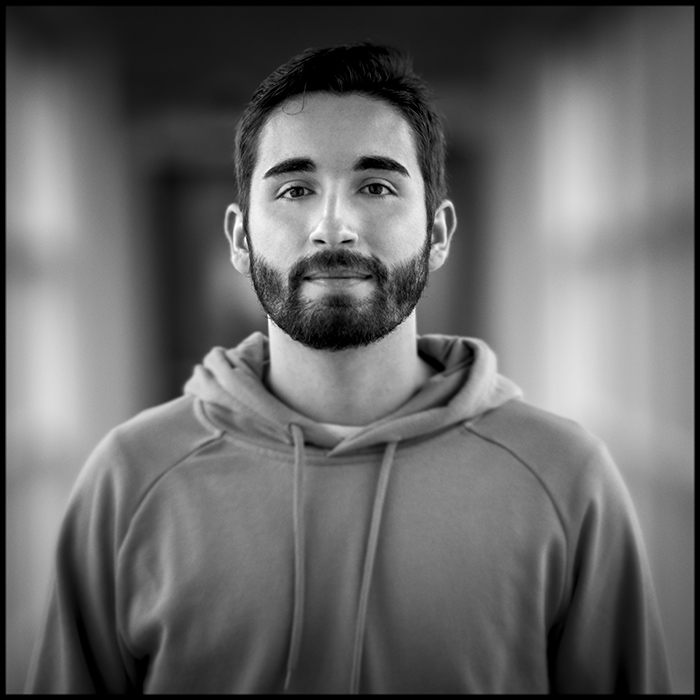
Jordan Cabral
Jordan Cabral’s group created a marijuana education campaign aimed at young people. They queried high-school and university-age people about the short- and long-term effects of marijuana use, collecting their hand-written answers on sticky notes. Then, the group arranged the responses – some of which were correct, others inaccurate – onto a two-sided poster board that Cabral hung over his neck and wore over his torso. The visual proved to be a persuasive ice-breaker for onlookers who approached him for more information.
Illustrating the variety of approaches, students Michka Lee and Jordan Rose handled the same topic – marijuana education – from a totally different presentation style.
For their project, Lee and Rose created an Instagram page with stylishly designed and easy-to-understand posts highlighting facts about cannabis use, each with a reference and citation so that followers could see the source of the information. Beyond the research itself, the group found rolling out their findings across social media required some forethought.
“It was kind of meticulous planning,” Lee said. “We had to create an implementation plan that was very detailed, because if we didn’t, we would find that we had pieces missing.”
“It was a really cool experience in terms of planning and understanding how to simplify the research. We get a lot of information thrown at us. It’s a great skill to be able to sift through that information and present it in a way people can understand.”
Sparking an interest in research
Kinesiology students complete an independent research study in their final semester at UofGH. Those students who had not already acquired undergraduate research experience said the capstone project left them feeling eager to do more.
Beyond an interest in research, other students found a passion for specific topics or issues.
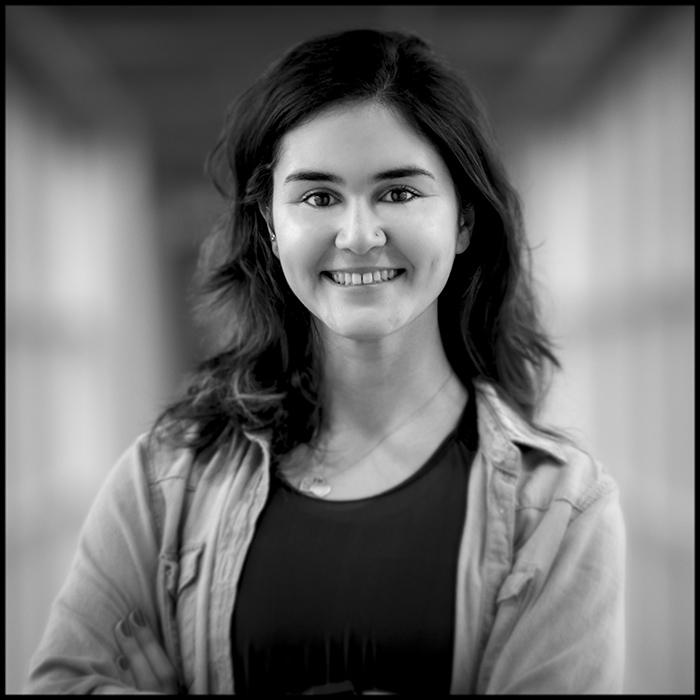
Zeena Karim
Brooke Savic and Zeena Karim focused their project on preconception health, with a specific focus on women with Type 2 Diabetes. Their main goal was to encourage young women to go to their doctors for one-on-one pre-screening testing to improve their health prior to conception and ultimately optimize pregnancy outcomes.
“I think this inspired both of us to go into women’s health research,” Savic said.
“I found a lot of those research areas are underserviced – specifically, I’m interested in physiotherapy with a concentration on public health, both pre-conception and post-conception.”
Creating the projects was not only valuable for the students involved, but the public-health partners who might find inspiration in their ideas.
“I am always impressed by the work these students put out,” Dr. Ritchie said. “They were professional, creative and highlighted many of their individual talents that we don't often get to see in a Kinesiology program. Some students are great illustrators while others have experience with web design and social media use through side businesses.”
“When given the opportunity, students can be very creative and are proud to showcase their work,” Dr. Ritchie added.
“Several of the projects were executed to a very professional level, and could have the potential to influence future projects at WDGPH.”






